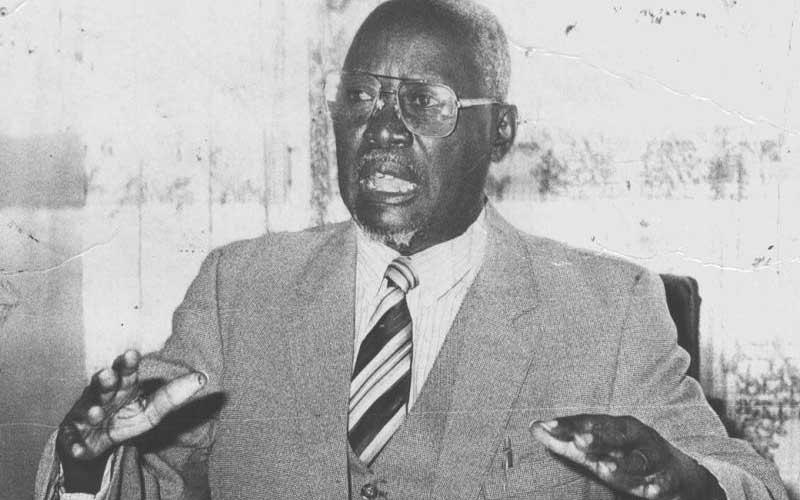×
The Standard e-Paper
Stay Informed, Even Offline

Jaramogi Oginga Odinga. His casket was transported by road from Nairobi to Kisumu. [File, Standard]
The burial of Jaramogi Oginga Odinga, the doyen of Kenyan opposition politics on February 5, 1994, was a major event.